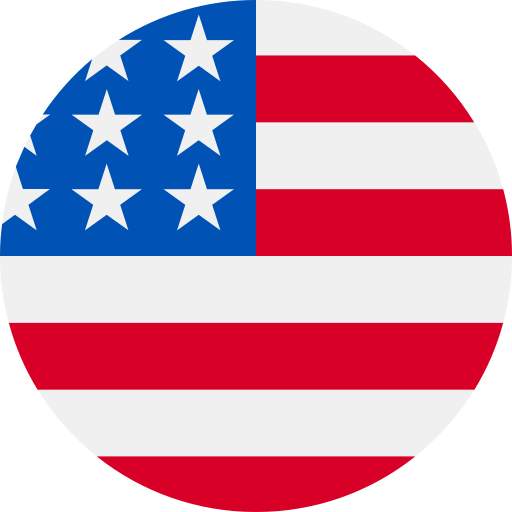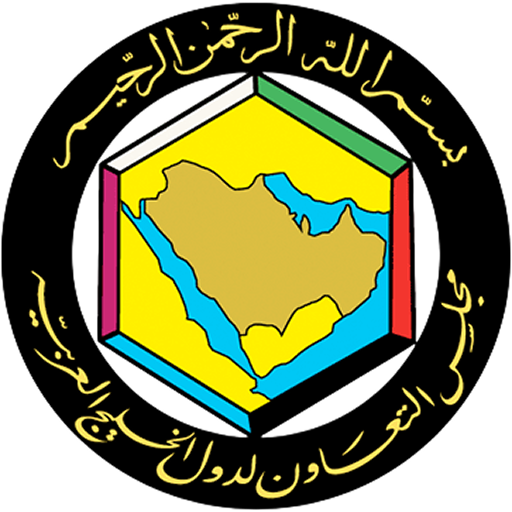Setting a graphic designer up for success isn’t just about giving them a task. It’s about giving them clarity. That’s where a well-crafted creative brief comes in. Whether you’re launching a new brand or revamping an old campaign, a creative brief acts as the blueprint for your vision.
This document should communicate expectations, goals, constraints, and inspiration—all in one place. Yet, so many businesses skip the depth and hand over a half-baked description, expecting magic.
If you’re looking to build a powerful relationship with your graphic designer and avoid the classic cycle of revisions and confusion, here’s what you absolutely must include in your creative brief.
Project Overview Sets the Foundation for Your Graphic Designer
Before diving into design specifics, offer your graphic designer context. They need to understand the big picture before they can focus on the finer details.
Include:
-
The purpose of the project (e.g., launching a product, rebranding, creating ads)
-
A quick summary of your company and its core values
-
Target launch or delivery date
This gives the graphic designer a sense of alignment with your objectives and timelines.
Define the Goals You Want the Design to Achieve
A graphic designer isn’t just there to make things look good—they’re visual problem solvers. By sharing your objectives, you’re equipping them to build a design that performs, not just one that pleases the eye.
Clarify:
-
What action do you want the audience to take?
-
Are you looking to drive sales, build awareness, or increase sign-ups?
-
What emotions should the design evoke?
This guidance is vital for shaping everything from layout to typography.
Specify the Target Audience Clearly
A great graphic designer tailors their work based on who’s going to see it. If your design isn’t resonating with your audience, it’s a missed opportunity.
Define your target audience in detail:
-
Demographics (age, gender, location)
-
Psychographics (interests, lifestyle, behaviors)
-
Specific pain points or motivations
The more your graphic designer knows, the better they can visually speak your audience’s language.
Outline Deliverables and Format Requirements
Misalignment on final outputs can result in wasted time. Be specific about what your graphic designer should deliver.
Be sure to mention:
-
File formats (PDF, JPG, PNG, AI, etc.)
-
Dimensions and resolution (especially for print or web banners)
-
Quantity (e.g., five social media templates, one logo set, etc.)
Giving this clarity ensures the graphic designer knows what’s expected technically.
Highlight the Brand Guidelines or Visual Identity Rules
If your brand already has a defined look, let your graphic designer know what’s sacred and what’s flexible. This prevents designs that veer off-brand.
Provide:
-
Logo files and usage rules
-
Color palette
-
Typography style
-
Image or illustration styles to match
Your graphic designer can maintain consistency across all touchpoints when they have a brand compass to follow.
Share Inspirational References or Mood Boards
Creativity thrives on inspiration. Even a rough mood board can help your graphic designer grasp your vision. Whether it’s a Pinterest collection, sample ads, or past designs, these visuals save tons of back-and-forth.
Examples to include:
-
Competitor designs you like or dislike
-
Color schemes that resonate
-
Typography samples
-
Layout inspirations
Your graphic designer gets a sense of your aesthetic expectations right off the bat.
Clarify the Scope and Budget Upfront
Surprises are fun at birthday parties, not in design projects. Let your graphic designer know what you’re working with in terms of budget and project scope.
Outline:
-
Your exact budget range
-
Number of revisions included
-
Timeline and milestone dates
This transparency keeps the project grounded and professional.
Provide Key Messaging or Content (If Available)
A graphic designer often works with more than just shapes and colors—they design around words. So, if there’s core messaging or copy, share it early.
This may include:
-
Headlines and subheads
-
Call-to-action (CTA) language
-
Any disclaimers or mandatory text
This lets the graphic designer balance text and imagery in harmony.
Mention What Success Looks Like for You
Don’t leave your graphic designer guessing. Be upfront about how you’ll evaluate the design’s success.
Think about:
-
Conversion rates or engagement metrics
-
Visual alignment with brand
-
Positive feedback from team or clients
This sets measurable expectations, keeping everyone on the same page.
Communicate the Tone and Style of the Design
Designs are often about mood and emotion. Is the piece supposed to be bold and energetic, or subtle and luxurious? Give your graphic designer a sense of the vibe you’re aiming for.
Use descriptive words like:
-
Playful
-
Elegant
-
Minimalistic
-
Cutting-edge
-
Professional
Your graphic designer will align their color choices, typography, and layout with the tone you define.
Mention Any Deadlines or Event Dates
A great concept delivered too late is still a failure. Always include critical timelines that your graphic designer must adhere to.
Don’t forget to include:
-
Final delivery dates
-
Review periods
-
Presentation or campaign launch days
This helps the designer prioritize and plan accordingly.
State the Review and Feedback Process
Feedback loops can make or break a project. Ensure your graphic designer understands how many rounds of revisions are allowed and who will be giving the final sign-off.
Add clarity around:
-
Who will review designs
-
How feedback should be submitted
-
When feedback will be expected
This improves communication and speeds up delivery.
Identify Competitors or Market Positioning
To stand out, your graphic designer needs to know who you’re up against. Share competitor references and explain how you want to differentiate your visuals.
This helps them make strategic choices that don’t just blend in but truly stand out in your industry.
Final Words
A comprehensive creative brief does more than just make life easier for your graphic designer—it increases your chances of getting a design that hits the mark the first time. It’s not just about what looks good, but what works. With the right brief, your design partner becomes a strategic ally, not just a service provider.
If you’re ready to take your brand visuals to the next level, hire an Indian graphic designer who understands the nuances of creativity and communication. You can choose Invedus Outsourcing for expert-level graphic designer services—browse their website and pick a talent that matches your vision and goals.
To Read More Articles You Can You Explore This Website – insidetechie.blog
 :
https://in.pinterest.com/inveduss/
:
https://in.pinterest.com/inveduss/












